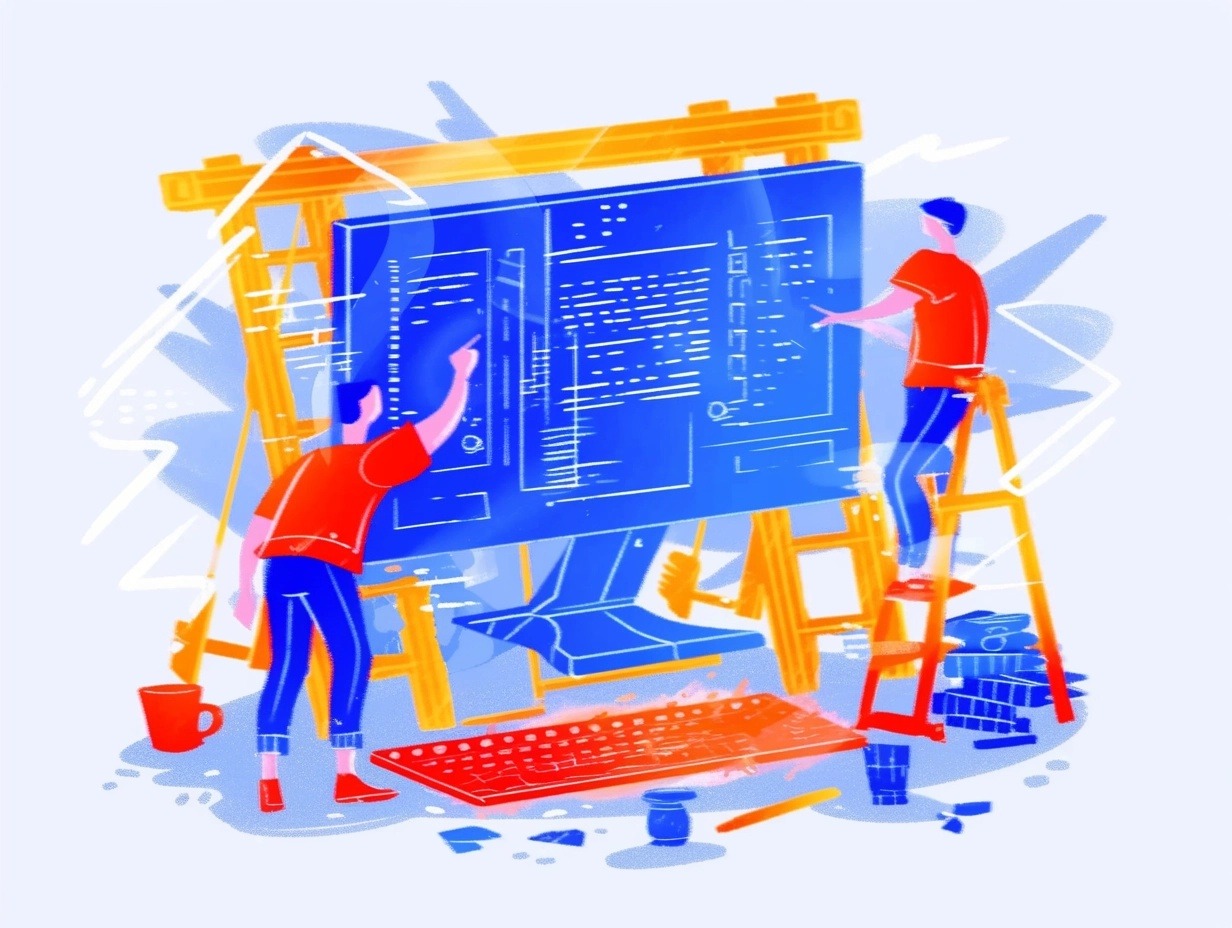Why Train AI Assistants on Your Documentation?
Imagine never having to hunt through endless folders or pester that one overworked expert for quick answers. When you train AI assistants on your organization’s internal documentation, that’s exactly what you get! By feeding in your process manuals, FAQs, product specs, and onboarding guides, AI can deliver instant, spot-on answers taken directly from your own best practices.
This doesn’t just make life easier for employees—your customers feel the benefits, too. Questions are answered faster, interruptions are fewer, and everyone gets to focus on more interesting (and higher-value!) work. Plus, when your AI is tailored to your company’s very own way of doing things, you can trust the answers are consistent, compliant, and aligned with your priorities.
From keeping control over privacy to ensuring speedy, accurate support, an AI assistant trained on your documentation bridges information gaps and helps scale up expertise across your business.
References:
Harvard Business Review
LitsLink Blog
Step 1: Audit and Prepare Your Documentation
Let’s start with a little spring cleaning. Collect everything you want your AI assistant to “know”—from policy guides to troubleshooting documents. Then comb through looking for outdated data, duplicates, or gaps. Clear out the old, fix what’s broken, and make sure everything is up to date.
If you have physical documents, scan them into digital files and use text formats like PDF or DOCX. Having a neat, uniform file system makes it easier for your AI to read and learn. Organizing your docs with clear folder names, headings, and metadata goes a long way—think of it as prepping the perfect lesson plan for your digital helper!
References:
Mike Esto
Google Cloud Documentation
Step 2: Choose the Right AI Platform or Framework
Next, pick the toolkit that’s right for you. Popular choices include OpenAI, Google Document AI, and plenty of user-friendly no-code solutions. OpenAI comes with powerful APIs—which means more customization if you have technical chops. Integrations with Microsoft Azure OpenAI Service offer security and scalability for bigger businesses.
If you’re dealing mostly with extracting info from documents, Google Document AI might fit the bill. And if coding isn’t your thing, check out no-code platforms like Lindy that let you train and deploy an AI assistant without touching a line of code. Your choice will depend on how much tech support you have, how many people need to use the tool, and how deeply it needs to integrate with your current systems.
References:
Microsoft Learn
Lindy Blog
Step 3: Feed Documentation to the AI and Fine-Tune
Now it’s time to “feed” your documentation to the AI. Upload all your files and, where needed, use extraction tools or scripts to reformat content for machine reading. Clean, organized, and relevant content gives your AI assistant the best chance at delivering accurate answers.
Most systems use embeddings—basically, turning your text into vectors the AI can quickly search. You can also fine-tune models for more specialized needs. This involves supervised training, where your assistant learns the unique vocabulary, structure, and tone of your business. Either way, this step will make sure your AI understands your knowledge inside and out.
References:
Lucent Innovation
Reddit Thread
Step 4: Test, Monitor, and Iteratively Improve
Ready to go live? Hold on—testing is a must! Try out your assistant with real-world scenarios, both common and rare. Note how well it understands user questions, gives correct answers, and keeps responses consistent.
Collect actual user feedback through surveys or feedback buttons, and regularly check response logs for mistakes or oddities. As your business evolves or you spot gaps, keep updating your training data and retraining your model. This isn’t a “set and forget” project—continual tweaks keep your assistant helpful, accurate, and aligned with your business as it grows.
References:
WritingMate Blog
Reddit Guide
Best Practices and Common Pitfalls
Keep Privacy and Security Front-and-Center: Always anonymize sensitive data and stick to regulations like GDPR or HIPAA if they apply to you. Make sure only the right people can access and edit documents, encrypt everything, and be open about how and why you store data. Trust is everything.
Use Version Control and Track Everything: Mistakes happen. With version control (for example, Git), it’s easy to recover from errors and to see exactly what changed and why. Log every update, track changes, and keep documentation current for every stakeholder—future you will thank you!
Don’t Skip Documentation or Testing: The fastest way to confusion is lack of documentation or process. Every deployment, change, or new integration should follow a checklist-driven routine to avoid surprises and keep everything running smoothly.
Skip these best practices, and you’re likely to run into avoidable headaches! Stick to them, and your AI assistant will become an invaluable, trusted member of your team.
References:
Harvard Business Review
Google Cloud Documentation


